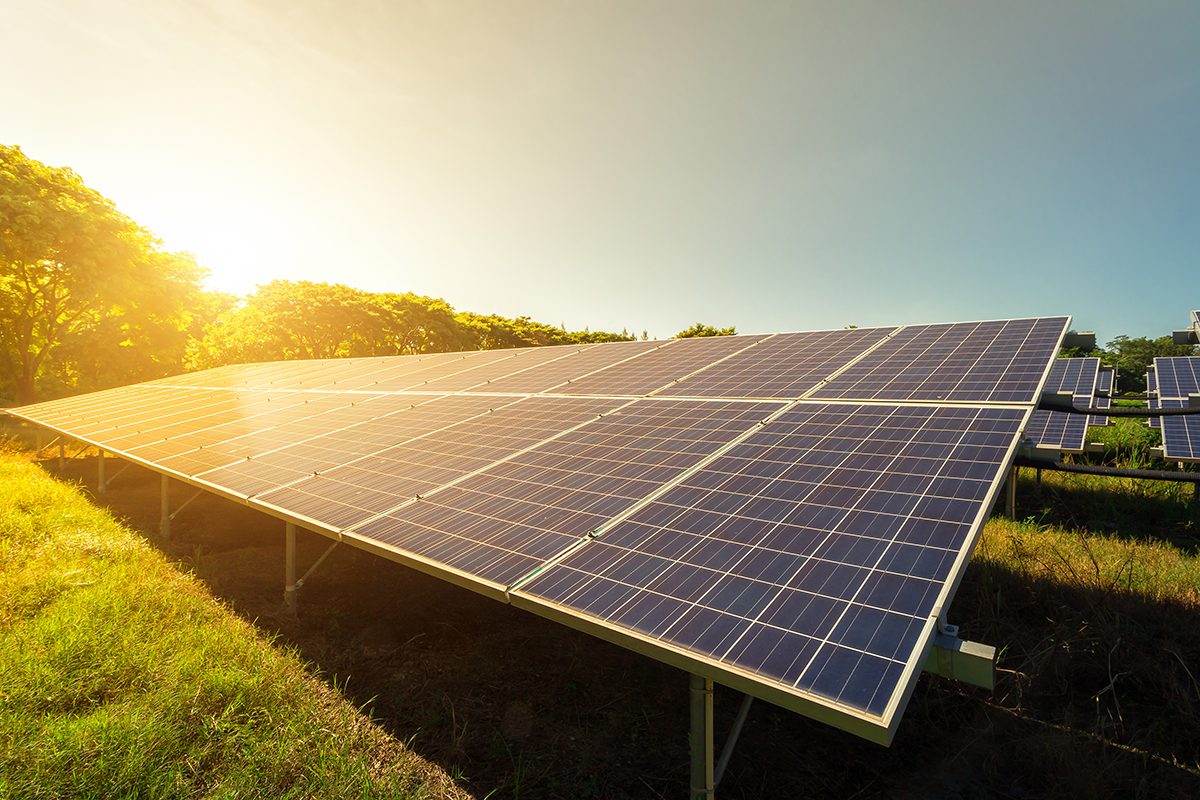
Innovative trials on the South East’s electricity network have seemingly set the foundations for a world-first short-term market for renewable energy sources.
Power Potential – a joint project between National Grid Electricity System Operator (ESO) and electricity network operator UK Power Networks – is demonstrating how wind and solar farms can dynamically feed in power to provide voltage control services to balance the system and help the grid run more efficiently.
Power Potential was developed to help manage the rapid increase in wind and solar farms, and battery storage connecting to local electricity networks. The South and East of England has seen a significant rise in these during the past decade, with more than 7GW of electricity produced by renewable energy generators across mainly the South East and East of England. That’s almost as much as the UK’s entire nuclear power output.
The project team built a Distributed Energy Resources Management System (DERMS), developed by technical specialists ZIV Automation. This successfully enabled wind, solar and storage batteries across Kent and Sussex to provide market-based reactive power services, being paid to address voltage challenges on the national electricity system.
Academic project partner Energy Policy Research Group based at the University of Cambridge, concluded that a new regional reactive power market in the South East alone could save £19.5 million by 2050 and close to £100 million if rolled out across Great Britain, when compared to the long-term alternative of investing in traditional devices. By addressing voltage challenges, Power Potential could also enable an extra 1.5GW of green energy to be generated in the region – that’s enough to power well over a million homes.
With the live trials now complete, National Grid ESO will use the insights to inform its Future of Reactive project. This looks at how to introduce a competitive market for buying reactive power across Great Britain. Partner companies are also now investigating how to use and develop the services as part of their Regional Development Programme partnerships in the South Coast.
Ian Cameron, head of customer service and innovation at UK Power Networks, said: “This is an incredible milestone in our work to deliver a Net Zero emissions electricity system that works for all. Power Potential has been one of our most ambitious projects ever, and its success is down to the dozens of dedicated experts who worked tirelessly throughout. Together, we’ve shown how a Distribution System Operator can enable new services and create tangible benefits, a win for consumers, a win for networks and a win for clean air.”
Graham Stein, network operability manager at National Grid ESO, said: “Power Potential is a fantastic example of energy resource and network experts working together to deliver something important and new. The project’s output will facilitate the continued growth of renewable energy, inform effective development of Distribution System Operator capability and help us achieve zero carbon. It also demonstrates the value of challenging the perceived constraints of organisational and technical boundaries and how risks can be managed with diligence and shared ambition”
Adrian Kearney, managing director of ZIV Automation UK said: “This is a ground-breaking project, demonstrating the viability of delivering aggregated services from distributed network resources. It has been a significant step forward in the DSO transition and in the Flexible Services market. It shows what can be achieved using advanced technology and a fantastic team of experts from UK Power Networks, NG ESO and ZIV Automation working in collaboration. ZIV Automation is proud to have made a significant contribution to the success of the project.”
Learn more about Power Potential by joining its final showcase virtual event in 2021, 12.30pm-2.15pm on June 24: https://bit.ly/3yt2JY8.






